Perhaps this is where the confusion starts: 's' is complex (re + j*im, or sigma + jw), not just imaginary. Those two terms are often accidentally used interchangeably, and they shouldn't be.
G is complex too, it has a phase and a magnitude for each w. It can be written as phase & magnitude or real & imaginary. Conversion between the two is only a matter of math, not circuit design.
Another typical confusion is equating the pole frequency with the cut off frequency. In first order sections, of which you have two, they are not the same, not even close.
In some circuits they can be close, such as in high-Q second order transfer functions with conjugate complex pairs. That's a different animal, as it involves inductors or op-amps with negative feedback.
As you noted, there are two poles in the transfer function, and the pole is negative and real at s=-1/a. We say it is in the left half of the s-place, because left/right of the origin is -Re/+Re, and above/under the origin is +Im/-Im.
The two poles in your example are, as you noted, real, e.g. s = -1/a and s = -1/b. A pole is s = sigma + jw. Because they are real, the frequencies of the poles is w=0. This does not mean that the knee in the bode plot is at DC, or that the transfer function goes to infinity at w=0.
There is no w for which the denominator equals zero. To get the TF as a filter for sinusoids, you substitute s=jw and plot |G(s)|. In the log-f/dB scale you'll see knees.
Have a look at this plot for a low pass transfer function:
What you see is the magnitude of the transfer function, |G(s)| in dB, for a single pole at s=-1.
It is drawn as a 3D surface (or wire) plot, because G(s) has a 2 dimensional argument: the real part of s (sigma), and the imaginary part of s (omega, or 2pif):
- The red line shows the Bode plot |G(f)|, obtained by setting s=jw in G(s). Notice the knee at around f=1.
- The green line is G(s) plotted along sigma=-1. As it approaches the pole at f=0 it keeps climbing at a constant dB/log(f) slope. Because the horizontal axis is log(f) of course the plot will never reach f=0 where |G|=inf.
The knee on the red line is called the cut-off. It's NOT where the pole is. The pole is at w=0 along the green line. The knee location depends on the distance of the pole from s=0. The two are related: the knee is determined by the sigma of the pole, but the pole itself is not at the knee.
If all poles are in the left half-plane, you can obtain the the Fourier transform by setting s=jw, and that provides you with the familiar G(w) (or G(f)) transfer function. Often G(s) is provided, and G(w) is plotted.
G(w) is not identical to G(s), but in practical analog design cases, as in your case, it is the same; not just approximately or practically, but also theoretically.
Here is another nice plot example of G(s) with complex s, and it includes a plot for G(jw). This is not your case, but it shows how a pole in the s-plane influences the transfer function along jw.
Notice the "circus tent pole" at sigma<0. That's where the response is infinite. But along the red s=wj line it's a familiar high-pass. As you move the pole closer to the jw axis, i.e. as you move sigma closer to 0, the pole will become more pronounced. In many filter designs (Bessel, Chebyshev...) the many poles are carefully placed at various distances from the jw axis and at varying frequencies, to get overall flat responses and deep attenuations.
And now ultimately to your question
So how do 0.44/τ and 4.56/
come out to be the pole frequencies, and why is 1/ the zero frequency? None of these frequencies take the transfer function to infinity or zero.
Answer: the pole frequency is not the pole location. The pole location has a frequency (a coordinate along the jw axis) and a distance from the jw axis. That distance sigma determines how much the transfer function G(jw) is affected by the pole and where the knee will occur.
Further, to use G(jw), the input and output signals must be represented as complex signals, and that's how you'll see attenuation as well as phase. Often the response to stationary sinusoids matter, in which case s=jw without the sigma for the input signal. This is how the Fourier transform is obtained from the Laplace transform.
If all you want is the attenuation, then it suffices to convert G(jw) (complex) to |G(jw)| (magnitude), which will give the amplitude plot. The math is covered in many other great resources, but I'll mention that |G| is sqrt(re(G)**2 + im(G)**2), and you can see it's a real number.
Here's an example of a single pole transfer function:
As you can see, a "pole" does not mean "infinity" in the transfer function for s=jw, i.e. for stationary sinusoids.
Calculator at: http://sim.okawa-denshi.jp/en/dtool.php
Entered data:
Single-pole 3D plot from https://www.mathworks.com/matlabcentral/mlc-downloads/downloads/submissions/56879/versions/7/screenshot.PNG
